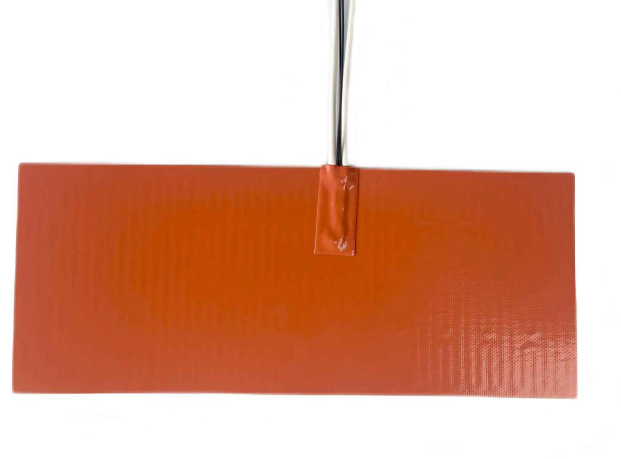
Why High-Temperature 3D Printers Need Rogers Silicone Heaters
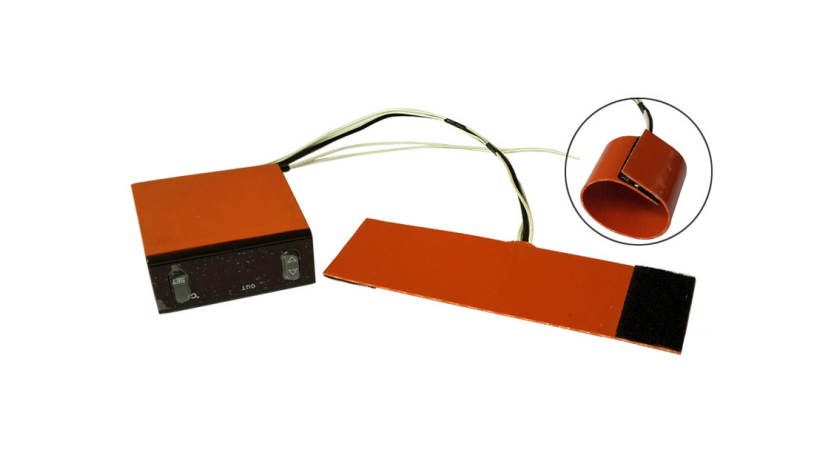
Choosing the Right Thermostat for Smart Temperature Control Needs

Silicone Rubber Heaters in Automotive: Durability Meets Innovation
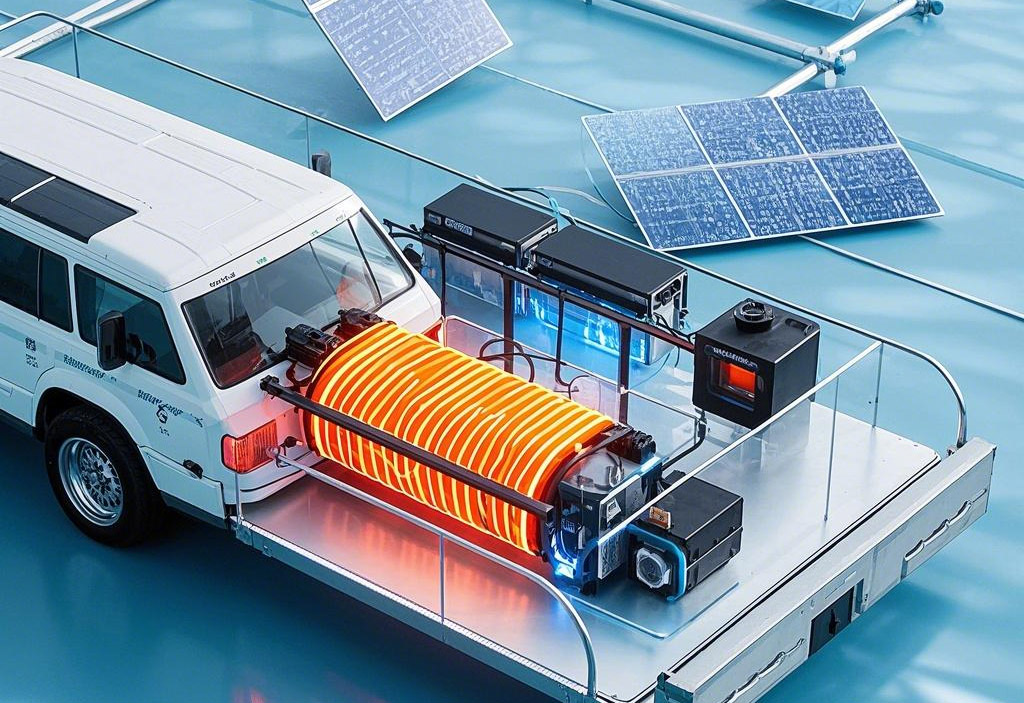
Polyimide Heaters: Key Applications in the New Energy Industry
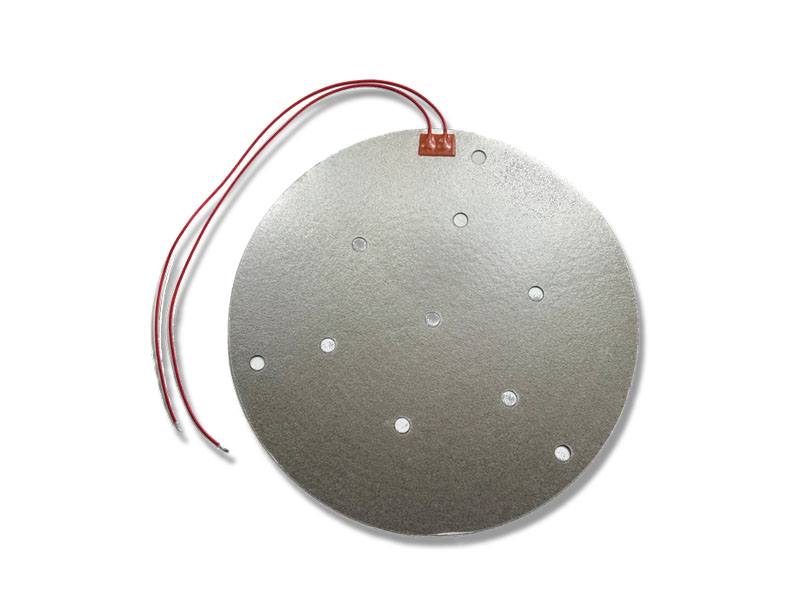
Why Mica Heater Need Multiple Through-Holes
Mica heaters are a versatile and efficient heating solution, widely used in industrial applications for their excellent thermal conductivity and resistance to high temperatures. Proper installation is crucial to ensure optimal performance and longevity. In this guide, we provide a straightforward overview of the key steps to install mica heaters effectively.
Mica heaters are constructed with mica insulation sheets, sandwiched between nichrome resistance wire and metal layers. These heaters are known for their:
High Temperature Resistance: Suitable for applications up to 600°C.
Uniform Heating: Ensures consistent thermal distribution.
Versatility: Commonly used in blow molding, plastic extrusion, and packaging industries.
High Power Density: Capable of delivering significant heating power in a compact form.
It is essential to ensure that mica heaters are properly assembled and securely mounted before powering them on. Operating the heater without proper assembly may cause damage due to overheating.
1. Inspect the Heater: Check for visible damage or defects.
2. Clean the Surface: Ensure the mounting surface is free from debris, oil, or residue.
3. Verify Compatibility: Confirm the heater size and specifications match the application requirements.
4. Prepare Conductive Materials: Ensure the mica heater will be in full contact with a thermally conductive material, such as stainless steel or aluminum sheets, for effective heat transfer. (like the below stackup)
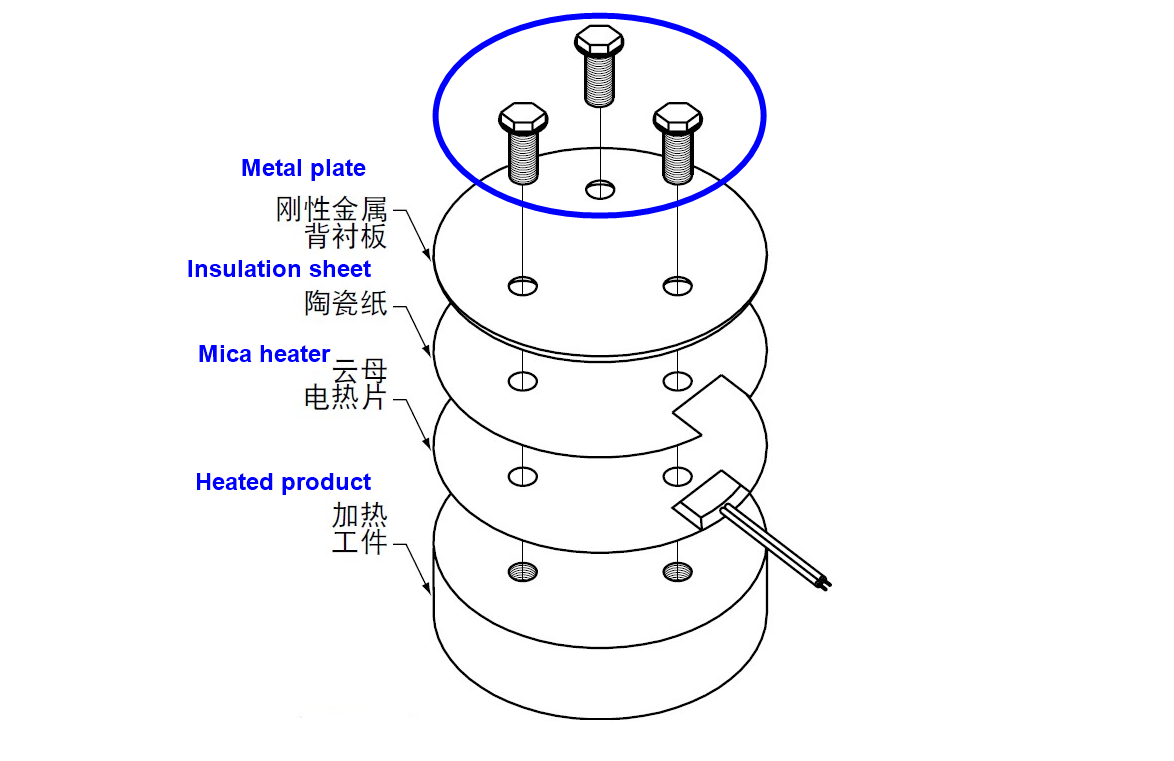
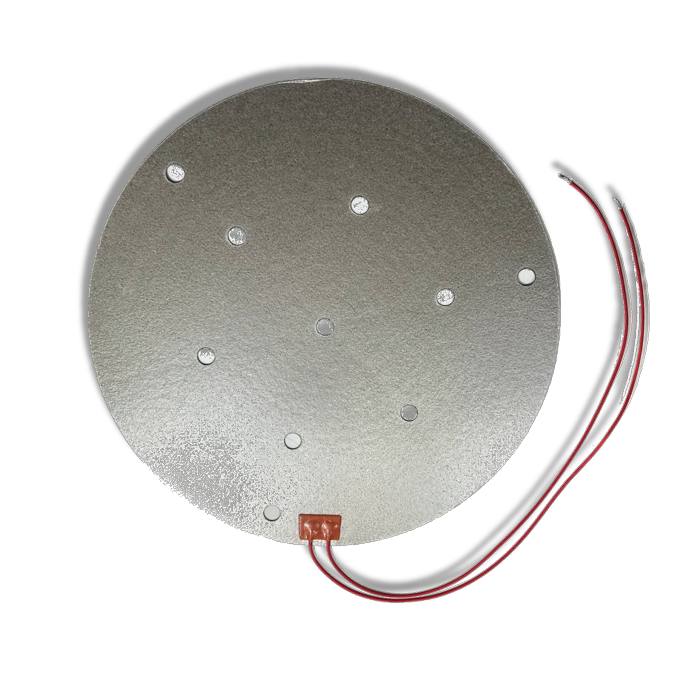
Align the mica heater with the mounting surface or component. Proper alignment ensures efficient heat transfer and minimizes mechanical stress.
The heater must make complete contact with a conductive material, such as stainless steel or aluminum, to prevent hotspots and ensure uniform heating.
Use the mounting clamps or screws provided by the manufacturer to fix the heater in place. Tight and even contact with the conductive material is critical.
Tighten the screws gradually and evenly, following a crisscross pattern to prevent warping. Use a torque wrench to achieve the specified torque settings, as overtightening can damage the heater.
If recommended, apply a thin, even layer of thermal paste or conductive grease to enhance heat transfer. Ensure the paste does not spread onto electrical connections.
Attach the heater’s electrical leads to the power source as per the wiring diagram provided. Ensure all connections are secure and insulated to prevent short circuits.
Once the heater is securely mounted and connected, power it on and monitor its operation. Never power the heater before proper assembly and mounting, as this can lead to overheating and potential damage.
Check for even heating and stable performance. Adjust settings if necessary.
To maximize the lifespan of your mica heater:
1. Inspect Regularly: Look for signs of wear or damage.
2. Clean Periodically: Remove accumulated debris or contaminants.
3. Avoid Overloading: Operate the heater within its specified temperature and power limits.
4. Check Connections: Ensure electrical connections remain tight and corrosion-free.
1. Skipping Surface Cleaning: Dirt or oil can hinder heat transfer and cause hotspots.
2. Overtightening Fasteners: Excess pressure may crack the mica layers.
3. Improper Wiring: Loose or incorrect wiring can lead to malfunction or safety hazards.
4. Powering On Before Assembly: Ensure the heater is fully mounted and in contact with conductive materials before applying power to prevent damage.
By following these steps and tips, you can ensure a smooth installation process and optimal performance of your mica heaters. Proper care and maintenance will further extend their service life, making them a reliable component in your industrial heating system.

We offer a wide variety of high-efficiency heaters and heating element.Such as polyimide/kapton heaters,silicone rubber heaters,PET transparent heaters, thick film heaters,PTC heaters, mica heaters,epoxy resin heaters and graphene heating film.